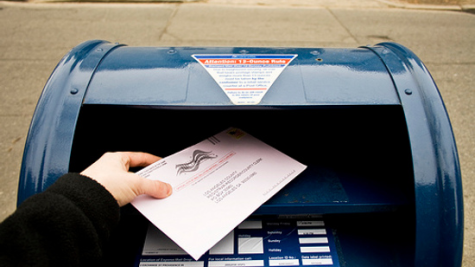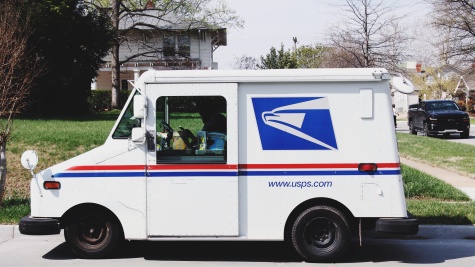What’s Happening with Pennsylvania’s Mail-in Ballots?
A State Spotlight from the Stanford-MIT Healthy Election Project
Our story today comes from an October 27, 2020 report from John Curiel and Jesse T. Clark, as part of the MIT Election Lab’s work with the Stanford-MIT Healthy Election Project.
Highlights
- Researchers from MIT and Stanford take a deep dive into Pennsylvania’s mail-in ballot data to understand weekly trends, demographic and party breakdown, and where the battleground state stands in requests and returns.
- As of this past week, a cumulative 2.9 million mail ballots have been requested across Pennsylvania, compared to 230,000 in 2016. This is a more than 12x increase over four years.
- 1,455,351 ballots have been returned, which is roughly half of total requested ballots (50.17%).
- In total, 1,445,560 mail ballots have yet to be returned (roughly 50%).
- In the week of October 18 alone, 289,701 mail ballots were requested, and 49,546 were returned.
- Black voters have the highest percentage return rate among requests, at 55%.
- Registered Democrats dominate the cumulative requested and returned mail ballots.
- Distribution of ballot requests are roughly proportional by race relative to registered voters.
With the election less than a week away, researchers from the Stanford-MIT Healthy Elections Project analyzed the mail-in voting trends across the State of Pennsylvania, a heated battleground for candidates.
Notably, as of this past week, a total 2.9 million mail ballots had been requested across the State of Pennsylvania, compared to 230,000 in 2016 — this is a more than 12x increase in mail ballot requests from the 2016 election.
As of last week, roughly 50% of all mail requests had been returned (1,455,351, to be exact). Registered Democrats have dominated the cumulative requested and returned mail ballots, and overall, the distribution of ballot requests are roughly proportional by race, relative to registered voters.
Breakdown by Race
When looking at the numbers by race, White voters have requested the majority of total mail in requests in Pennsylvania, and have also returned the majority of them. However, when analyzing within each race, Black voters have the highest rate of return relative to requests.
Here are the highlights:
- White voters make up the majority of total mail in requests: 74% White, 12% Black, and 14% Other
- Black voters have the highest percentage return rate among requests at 55%, followed by Whites at 50%, then other races at 47%
- Cumulatively, Whites make up the largest ballot return percentage at 76%, followed by 14% from other races, and 10% from Blacks
For the week of October 18, the requests by race were:
- White: 202,464 (70%)
- Black: 30,489 (10%)
- Other: 56,749 (20%)
For the week of October 18, the returns by race were:
- White: 34,814 (76%)
- Black: 4,171 (10%)
- Other: 10,561 (14%)
Breakdown by Party
When looking at the numbers by party, Democrats make up the largest proportion of both ballot requests and returns.
Here are the highlights:
- Democrats make up the majority of total mail in requests: 64% Democrat, 25% Republican, 11% No Affiliation
- Democrats have the highest percentage return rate relative to requests at 56%, followed by 40% among Republicans, and 40% for those with no party affiliation.
- Democrats make up the largest ballot return percentage at 71%, followed by 20% Republicans and 9% for those with no party affiliation.
For the week of October 18, the requests by party were:
- Democrats: 157,688 (64%)
- Republicans: 86,367 (25%)
- No Affiliation: 45,646 (11%)
For the week of October 18, the returns by party were:
- Democrats: 33,470 (66%)
- Republicans: 10,879 (24%)
- No Affiliation: 5,197 (10%)
Ballot Rejections
In some instances, mail-in ballots can be rejected (whether due to a signature mismatch, or other reason).
In total, 0.6% of Pennsylvania’s mail-in ballots have not been accepted. Of these rejections, 0.65% have been from White voters, 0.36% from Black voters, and 0.54% from other races.
For the week of October 18, 0.78% of the ballots returned for counting were not accepted (0.81% from White voters, 0.59% from Black voters, 0.74% from other races).
For a visual breakdown of the data and analysis, visit the full report here.



